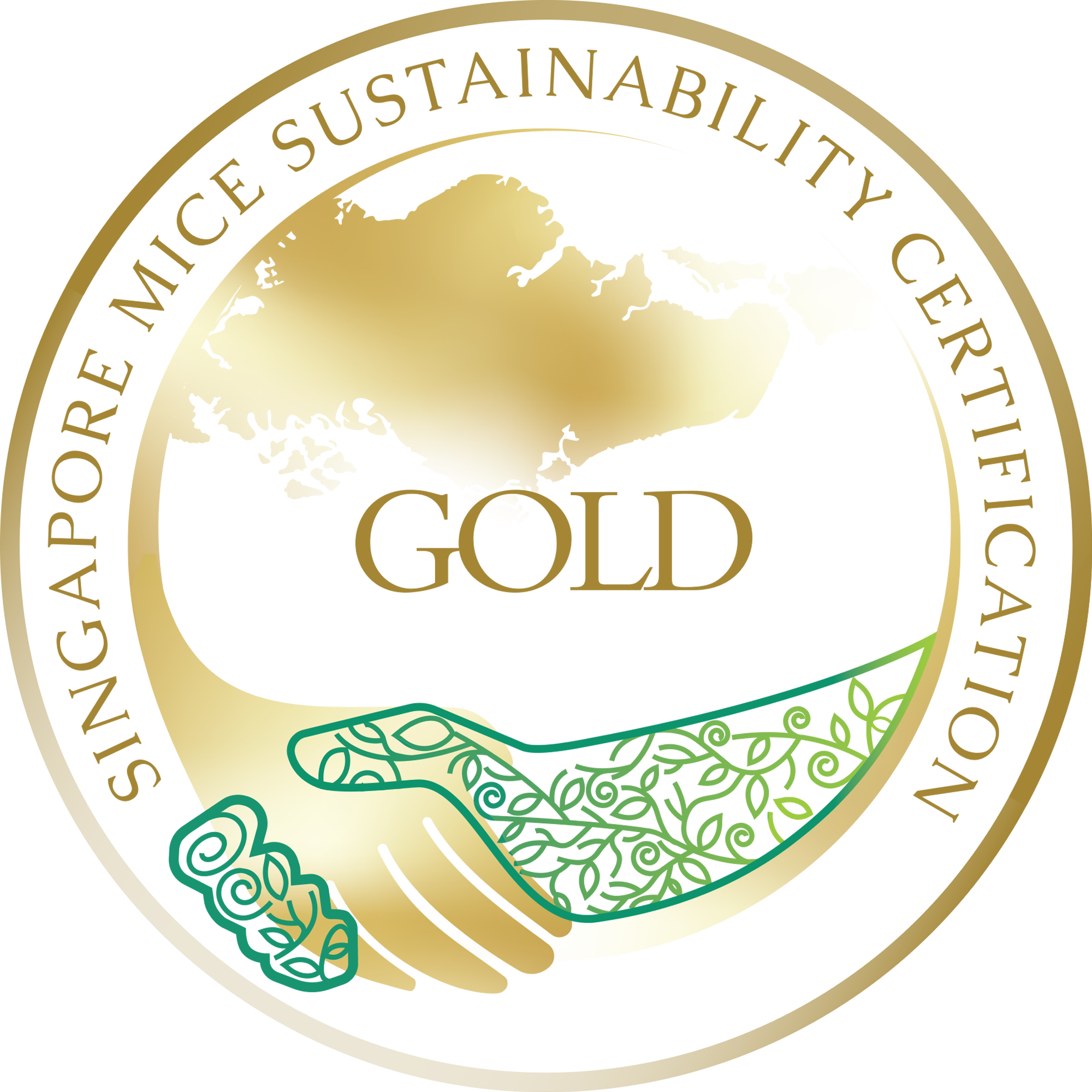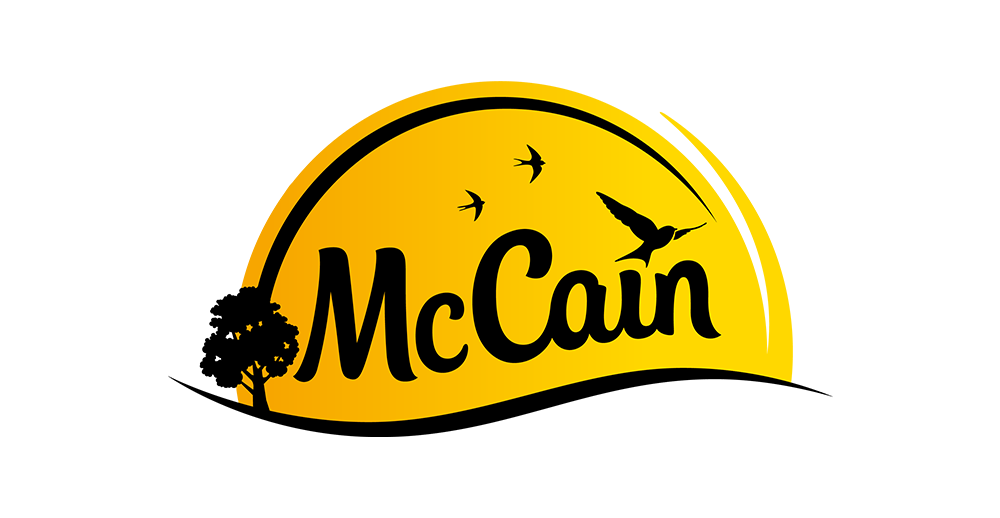Lager beer is among the most popular and widely consumed beer styles globally. With its clean, crisp, and refreshing qualities, it’s a go-to choice for many beer enthusiasts, whether you’re enjoying a casual evening or pairing it with food.
Known for its smooth and well-balanced taste, lager offers a satisfying experience that’s hard to beat.
In this blog, we’ll learn about lager beer, its unique characteristics, and how it stands apart from other beer styles. From its brewing process to the different lager varieties, we’ll examine what makes this beer so beloved worldwide.
What is Lager Beer?
Lager beer originated in Central Europe, particularly in Germany and the Czech Republic, where it became a staple of local brewing traditions.
Lager comes from the German word “lager,” which means “to store. ” Lager refers to the cold fermentation process between 7 and 13°C (45-55°F). This process results in a cleaner, smoother beer with a balanced and refreshing flavor.
Thanks to the slow fermentation, lagers are known for their crisp finish and well-rounded taste. The longer brewing process allows the flavors to develop without becoming overly intense, making it a favorite for those who enjoy an easy-drinking and satisfying beer.
Lager Beer Brewing Process
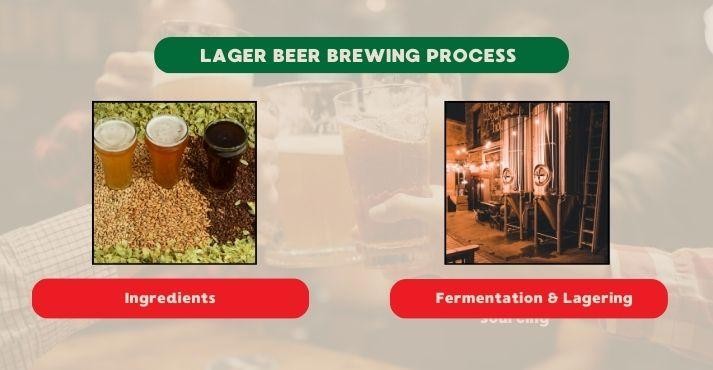
Lager beer, crafted through a meticulous brewing process to deliver its clean, crisp flavor, remains a top choice for beer lovers worldwide.
By 2033, lager is expected to account for 55% of the global beer market demand, contributing significantly to the market’s projected valuation of USD 512.26 billion. This growth aligns with emerging beer industry trends, such as the rising interest in premiumization, low-alcohol options, and sustainable brewing practices.
Let’s examine the lager beer brewing process and explore the steps that bring this refreshing beer to life.
Ingredients
The primary ingredients in brewing lager are malted barley, hops, yeast, and water. Malted barley provides the base sugars for fermentation, and hops add a necessary balance of bitterness and fragrance.
Lager yeast, Saccharomyces pastorianus, works best in cooler temperatures. It is crucial for the slow fermentation process, which gives lager beer its distinctive smooth, crisp flavor. Water, which makes up most of the brew, affects the beer’s final flavor profile.
Fermentation and Lagering
The heart of lager brewing is its cold fermentation process. Unlike ales, which ferment at warmer temperatures, lagers ferment slowly at around 7-13°C (45-55°F). This slower process creates a beer with a cleaner, crisper taste and fewer fruity flavors.
After fermentation, lagers are stored at low temperatures for several weeks in lagering. This extended maturation smooths out the beer, enhances clarity, and refines the flavor, ensuring a balanced and refreshing drink.
Styles of Lager Beer
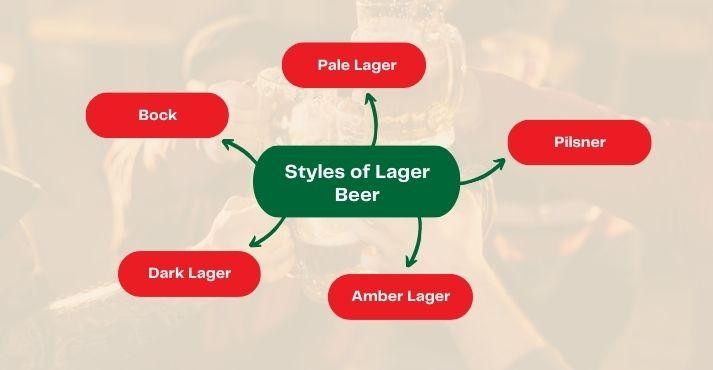
Lager beer comes in various styles, each with its own characteristics. From light and refreshing pale lagers to rich and malty bocks, there’s a lager to suit every taste preference.
Exploring these different lager beer types will let you discover new flavors and refine your preferences.
1. Pale Lager
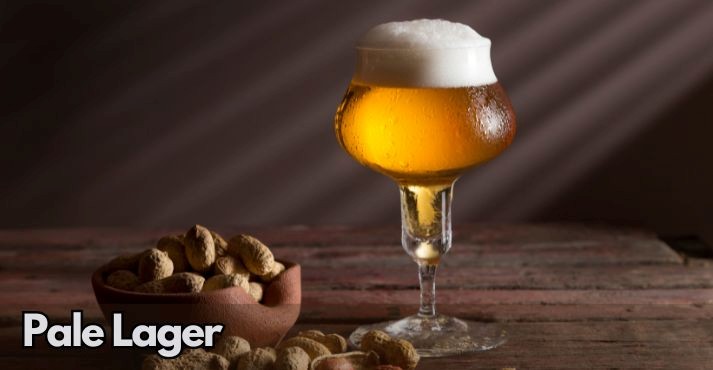
Pale lagers are light-colored beers known for their crisp, refreshing taste. These beers are often pale gold and offer a smooth, clean finish with a balanced flavor.
Pale lagers are typically lower in alcohol content, making them easy-drinking options perfect for casual enjoyment.
Popular examples of pale lagers include American Light Lagers and Standard Lagers. These are often enjoyed by those who prefer a simple, refreshing beer without an overpowering taste. Their crisp, refreshing qualities make them a great choice for serving as draft beer.
2. Pilsner
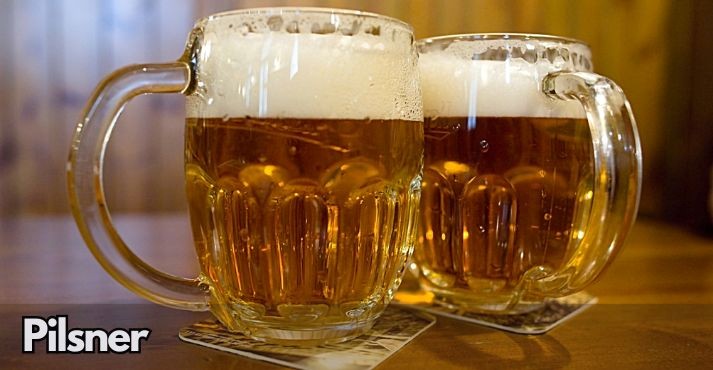
Pilsners are a specific type of pale lager distinguished by their hoppy flavor and golden color. These beers tend to be slightly more bitter than other pale lagers, thanks to aromatic hops, which give them a sharp, crisp taste.
Examples like German and Czech Pilsners differ in hop bitterness and malt sweetness, making them popular for those who prefer a stronger hop flavor.
Pilsners are typically light-bodied and carbonated, making them popular for warm weather and social gatherings.
3. Amber Lager

Amber lagers have a richer malt taste and a darker amber color than pale lagers. They offer a balance of malt sweetness and mild hop bitterness, creating a smooth and slightly more complex flavor.
Amber lagers are often medium-bodied, with flavors ranging from caramel to toasty bread. They provide a well-rounded drinking experience, making this style perfect for those seeking a lager with a more prominent malt flavor.
4. Dark Lager
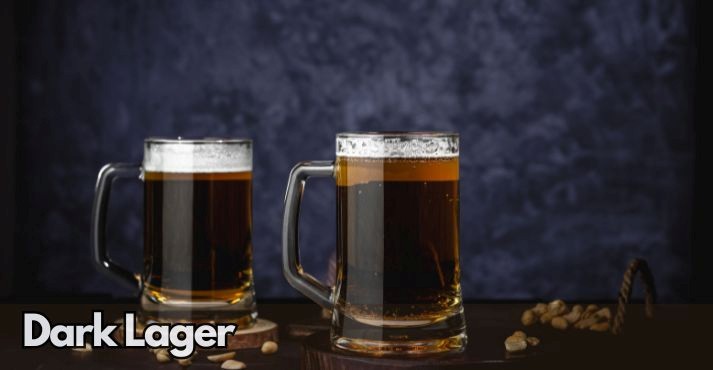
Dark lagers, including styles like Dunkel and Schwarzbier, are darker in color, ranging from deep amber to nearly black. They are known for their malty sweetness and often feature chocolate, caramel, and toasted bread flavors.
Dark lagers are typically medium to full-bodied, offering a smooth drink with a rich, comforting character. Dunkels, originating from Germany, are malt-forward beers with the sweetness of roasted malts, while Schwarzbier (black lager) offers a similar richness with additional roasted notes.
5. Bock
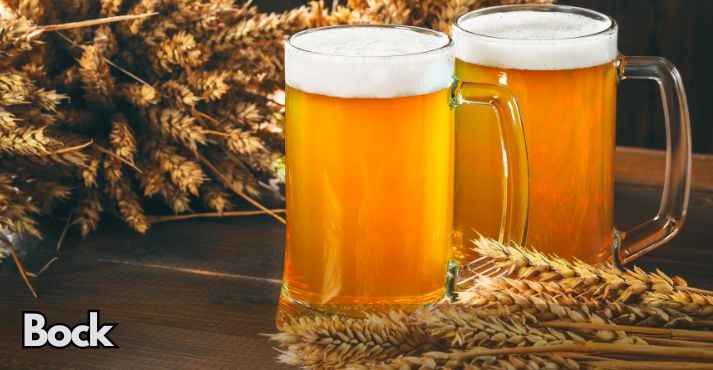
Bocks are a stronger lager style. They typically boast a higher alcohol content (ABV) and a rich, malt-forward flavor profile. Due to their higher malt content, these beers have a deep amber-to-brown color and a sweet taste.
Bocks have multiple variations, including traditional Märzen (Oktoberfest) and Doppelbock, known for their fuller bodies and higher ABVs. This style is favored by those who enjoy a more intense and complex beer, offering flavors of caramel, toffee, and even dark fruits.
These are just a few of the many lager styles you can explore. Each offers a unique tasting experience, with bitterness, maltiness, and color variations. Whether you prefer a pilsner’s crispness or a bock’s sweetness, lager beers offer various flavors and styles to enjoy.
Lager Beer vs. Ale: Key Differences
Lager beer and ale are two of the most popular beer categories, yet they differ in various aspects that define their flavor and brewing process.
Let’s explore the differences between lager vs. ale, focusing on how each brewing process and flavor profile sets them apart.
1. Fermentation Process
Lager beer is brewed using bottom fermentation, where yeast ferments at cooler temperatures at the bottom of the beer. This slow process results in a cleaner and crisper beer.
Ale is brewed through top fermentation, where yeast ferments at warmer temperatures. This produces a faster fermentation and often a fruitier, more complex flavor profile.
2. Flavor Profile
Lagers have a clean, crisp flavor with a smooth finish, making them refreshing and easy to drink. Ales, on the other hand, have a more intense and often fruity flavor due to the warmer fermentation process, allowing for more complex flavors.
3. Brewing Temperature
Lager beers are typically brewed at cooler temperatures (around 45-55°F or 7-13°C), while ales are brewed at warmer temperatures, generally ranging from 60-72°F (15-22°C). These temperature differences help create each beer type’s unique flavors and textures.
Popular Lager Beer Brands
Lager beer is brewed by some of the most iconic and widely recognized brands globally. Each brand offers a distinct appeal to this beloved beer style. These brands are known for their quality and offer a variety of lager styles that cater to different tastes, from light and crisp to richer, more flavorful options.
Some brands even offer gluten-free beers, making lager accessible to those with gluten sensitivities or dietary restrictions. Let’s explore some of the best-known lager beer brands below:
- Heineken (Netherlands): One of the world’s most iconic beers, Heineken is known for its pale lager, perfectly balancing smoothness and slight bitterness. Brewed in 1873, it remains a global favorite enjoyed across continents.
- Tiger Beer (Singapore): A renowned lager throughout Southeast Asia, Tiger Beer is known for its light body and refreshing, clean taste. It pairs well with spicy food and has become a staple in bars and restaurants worldwide.
- Pilsner Urquell (Czech Republic): The first-ever pilsner, Pilsner Urquell is the origin of one of the most popular lager styles in the world. Known for its hoppy bitterness and golden lager beer color, it has been brewed since 1842 and is a leader in quality pilsners.
- Kingfisher (India): One of India’s most popular beer brands, Kingfisher is known for its easy-drinking, crisp lager. Its refreshing profile makes it the perfect choice to pair with various dishes, particularly spicy Indian cuisine.
- Budweiser (United States): A classic American lager, Budweiser is famous for its light body and clean, crisp taste. As one of the best-selling beers in the world, it has a rich history of being a reliable, consistent lager enjoyed by millions.
- Carlsberg (Denmark): Known for its innovative brewing techniques, Carlsberg is a leading Danish lager. It offers a crisp, slightly bitter taste and is one of the most recognized international beer brands, with a strong presence worldwide.
- Corona (Mexico): Often associated with beachside relaxation, Corona is a light lager perfect for warm weather. It’s usually served with a lime wedge, enhancing its clean, refreshing profile. Corona is particularly popular in the US and Mexico.
- Stella Artois (Belgium): A beloved Belgian lager, Stella Artois is recognized for its smooth, balanced flavor and slightly bitter finish. It’s one of Europe’s most famous lagers and has a rich brewing heritage dating back to 1366.
- Asahi (Japan): Known for its crisp, dry taste, Asahi Super Dry is one of Japan’s top lager exports. Its smooth finish and subtle bitterness make it popular with beer drinkers across Asia and beyond.
- Amstel (Netherlands): Another Dutch classic, Amstel is well-regarded for its rich malt flavor and balanced bitterness. It has been brewed since 1870 and remains a top choice for lager fans worldwide.
- Beck’s (Germany): Beck’s is a famous German lager known for its distinctive taste and slightly bitter finish. It’s widely recognized worldwide for its consistent quality and refreshing flavor.
These popular lager beers highlight the variety and global appeal of the style, offering unique flavors to suit different preferences. Whether you enjoy a crisp pilsner or a richer, malt-forward lager, these brands are a great introduction to lager beers.
Conclusion
Lager beer is loved worldwide for its crisp taste and variety of styles, from light and refreshing to bold and malty. Whether you’re new to beer or a seasoned drinker, there’s a lager for you.
Lager’s brewing process, which involves cold fermentation and careful aging, gives it the smooth, balanced qualities many enjoy. Rooted in centuries-old traditions and embraced by iconic brands worldwide, lager continues to bring people together.
While lager remains a timeless classic, it also complements the growing popularity of craft beer, which brings innovation and diversity to the beer industry. Together, these styles ensure there’s always something exciting to discover, whether you’re exploring new tastes or revisiting your favorites.









